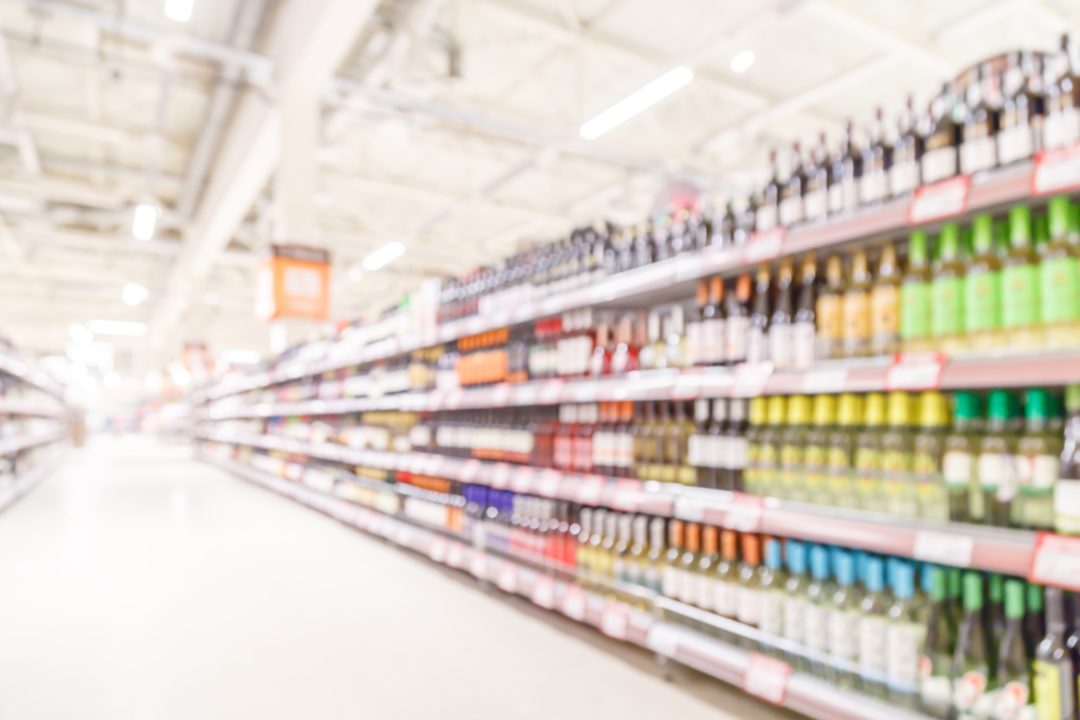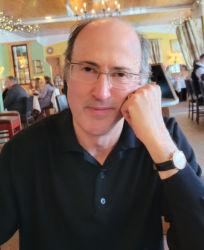
Tip of the Month: How’s Your Lighting?

But here’s the thing: of all your store’s systems, lighting may have the most direct impact on product sales. If the product looks good, your customers are going to buy. So, certainly consider energy efficiency in lighting, but keep your eye on the sales ball.
If lighting can drive sales higher, and you have to spend a little more in fixturing or energy-use to get that, the tradeoff will be well worth it. Besides, if you’re feeling guilty about energy efficiency, throw some solar panels on the roof of your house, and you can take credit for the carbon offsets.
No Shadows One of the easiest, cheapest and quickest improvements you can make with lighting is to eliminate shadows and dark areas where you display product. Take a look at your ceiling light fixtures. If you are like most stores, you have a drop ceiling with 2-foot-by-4-foot panels holding fluorescent ballasts. If they are positioned over your aisles, you’re golden. If however, they are shining down on the tops of your gondolas, then you are creating shadows and dark areas for the products displayed on either side of the gondolas.
No Burned-Out Bulbs Nothing says “We’re going out of business!” more effectively than burned out bulbs. While a dark bulb in your general lighting is bad enough, burned out bulbs in your coolers and freezers tells your customer up close and personal, “We really don’t care that much about how our store looks, or how hard it is for you to shop us.”
Pumping Up the Picture Some retail stores have high ceilings. If your ceiling height is at 14 feet, for example, you are lighting all that dead air space between the light source above and the product down below, wasting lighting power. Instead, lower your light fixtures to a height of eight feet, which will drive brightness down closer to your products without increasing wattage. You may even be able to reduce the number of bulbs from four to two by converting to an electronic ballast. You can lower your light fixtures by suspending them from pendants you install in the ceiling.
Color Spectrum Advances in lighting include energy efficient Light-Emitting-Diode (LED) technology, which is very bright, and stays very cool. The problem using LED in retail is what is called “color temperature.” LEDs tend to cast a cool white light, reducing warmth and intimacy. While subtle, the effect can be to make your customers feel less comfortable, and therefore less likely to linger longer and enjoy your offerings. You can see the color spectrum of lighting by searching “Kelvin color temperature chart.” Warmer color temperatures are in the 2,000 to 3,000 Kelvin range, while cooler temperatures have a higher Kelvin value. JJ
Jay Jacobowitz is president and founder of Retail Insights®, a professional consulting service for natural products retailers established in 1998, and creator of Natural Insights for Well Being®, a comprehensive consumer marketing service designed especially for independent natural products retailers. With 40 years of wholesale and retail industry experience, Jay has assisted in developing over 1,000 successful natural products retail stores in the U.S. and abroad. Jay is a popular author, educator, and speaker, and is the merchandising editor of WholeFoods Magazine, for which he writes Merchandising Insights and Tip of the Month. Jay also serves the Natural Products Association in several capacities. Jay can be reached at (800)328-0855 or via e-mail at jay@retailinsights.com.
Related Articles

Jay Jacobowitz is President and Founder of Retail Insights®, a professional consulting service to the natural organic products industry, with a focus on retail. With nearly 50 years of industry experience, Jay publishes annually the Retail Insights® Retail Universe for U.S. Premium Natural, Organic Food, Supplement, and Personal Care Sales, the definitive source for natural products sales through all U.S. retail channels, and provides retailers strategic guidance for expansions, relocations, valuations, mergers, and acquisitions.
The Magazine
Information
About Us
NOTE: WholeFoods Magazine is a business-to-business publication. Information on this site should not be considered medical advice or a way to diagnose or treat any disease or illness. Always seek the advice of a medical professional before making lifestyle changes, including taking a dietary supplement. The opinions expressed by contributors and experts quoted in articles are not necessarily those of the publisher or editors of WholeFoods.







